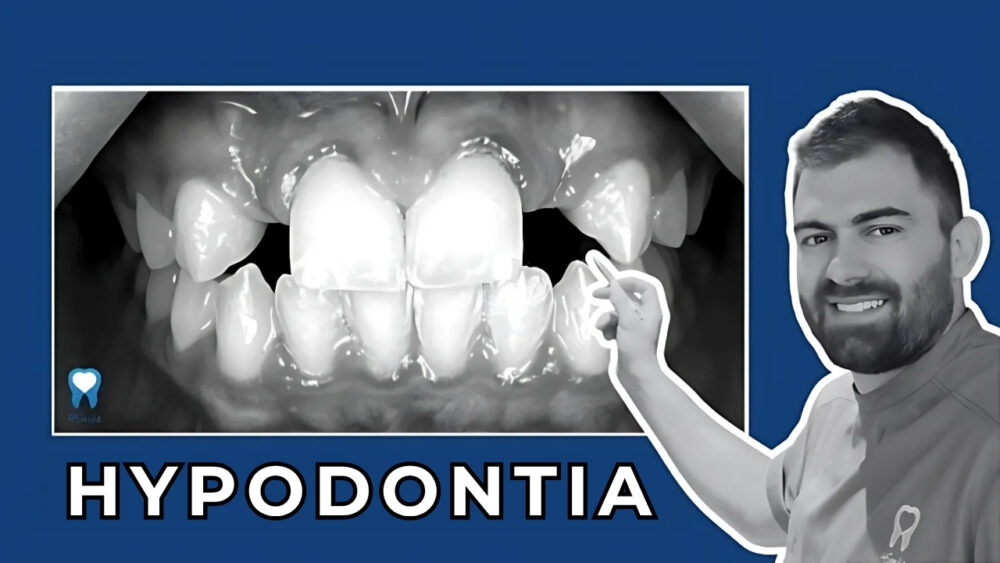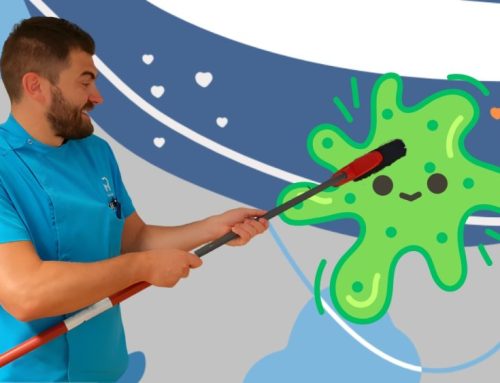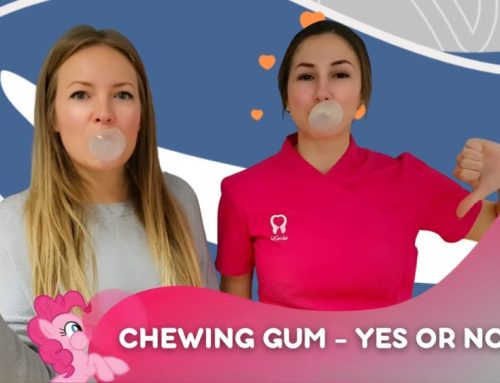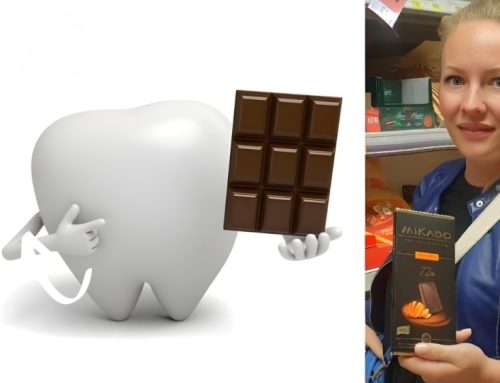Hypodontia, a congenital condition characterized by the absence of one or more teeth, affects a significant portion of the population. Although missing teeth can occur in various parts of the mouth, in this week’s blog from Dental Center 4Smile, we will focus on a case study where both lateral incisors in the upper jaw never erupted.
While it may seem like a challenge at first, accepting hypodontia and understanding the available dental solutions can help individuals lead fulfilling lives with confidence and beautiful smiles.
Understanding hypodontia
Hypodontia refers to the developmental absence of teeth, often caused by genetic factors or abnormal tooth development during childhood. A relatively common form of hypodontia involves the absence of both upper lateral incisors (teeth 12 and 22), which presents both aesthetic and functional challenges.
Solutions for hypodontia
Missing front teeth can initially be distressing for individuals with hypodontia. A smile is a vital aspect of our appearance and has a significant impact on self-esteem and social interactions. However, it’s important to remember that various functional and aesthetic solutions exist to restore the natural look of a smile.
Modern dentistry offers a range of effective solutions for people with hypodontia, including:
– Orthodontics: The first preferred step in treating hypodontia is orthodontic therapy. The younger the patient, the more effective the therapy tends to be. After orthodontic treatment, one of the following two treatments is typically applied:
– Dental implants: These are artificial tooth roots surgically placed into the jawbone. They provide a stable foundation for dental crowns, effectively replacing missing teeth. Dental implants are a long-lasting and aesthetically pleasing solution for hypodontia.
– Fixed dental bridges: A dental bridge is a prosthetic solution that fills the gap left by missing teeth. It consists of crowns anchored to adjacent natural teeth. Bridges also offer a fixed solution and can effectively restore both function and appearance.
Case study – Hypodontia of upper lateral incisors
The patient underwent orthodontic therapy to correctly align the teeth in the jaw, which resulted in a more visible and pronounced gap where the lateral incisors were missing.
This step was necessary to create space for future crowns.
Ideally, dental implants would be placed in the areas where teeth were missing. However, in many patients with hypodontia, the jawbone in those areas is often too thin or underdeveloped for implant placement. That was exactly the case here.
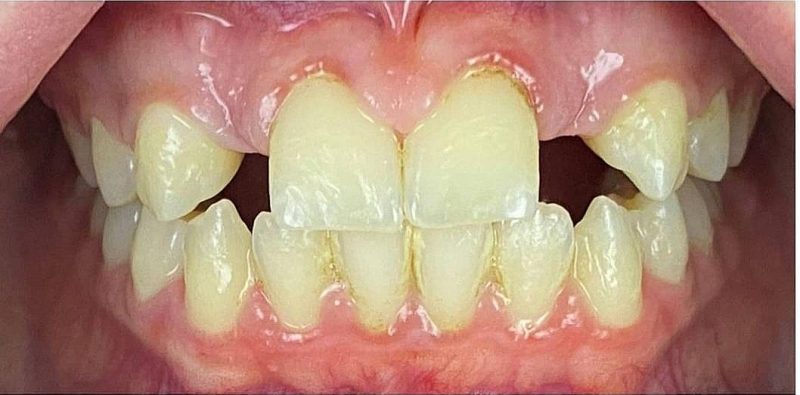
The patient had beautiful and healthy natural teeth, so dentist Ivan Antolković opted for the least invasive method: an inlay dental bridge.
Instead of a traditional bridge with full crowns, Dr. Ivan Antolković created an inlay bridge using dental veneers, meaning the adjacent teeth (central incisors and canines) were minimally filed down. The missing lateral incisors were replaced with crowns, while the supporting teeth received veneers.
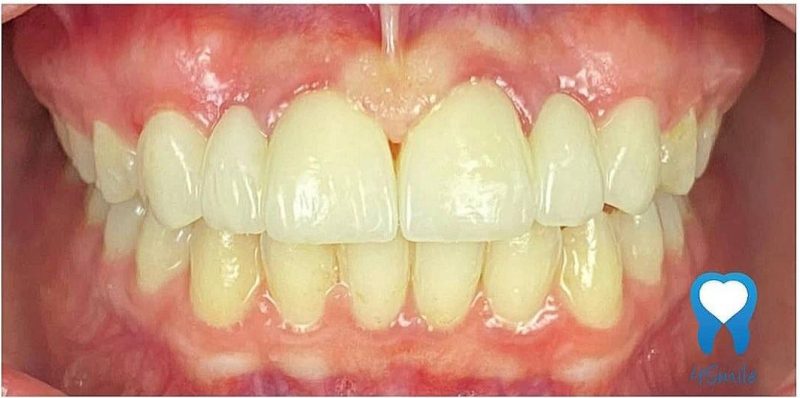
The patient can now enjoy a fully functional and beautiful smile.
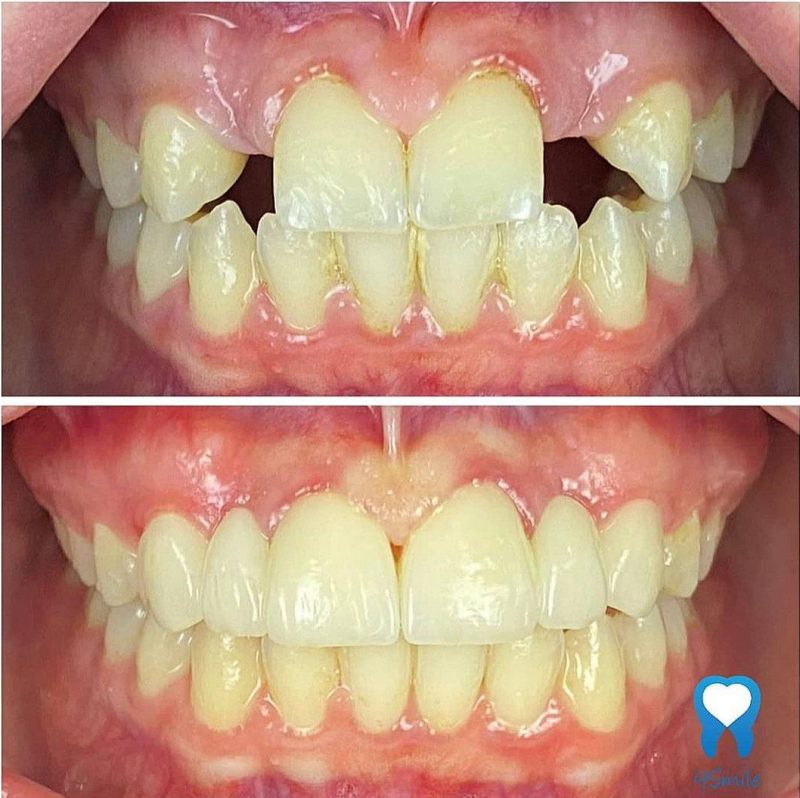
Advice from Univ.mag.med.dent. Ivan Antolković, DMD
“As a dentist, I advise those facing the challenges of hypodontia, especially the absence of both upper lateral incisors, to seek professional guidance and explore the available dental solutions. Dentistry has made significant advances, offering a range of options to restore smiles and improve quality of life.
Remember, your smile is more than just a row of teeth. It reflects your personality, warmth, and confidence. Embracing your unique smile and focusing on the positive aspects of your appearance won’t just boost your self-esteem, it will also positively impact your interactions with others.
Consult a qualified dentist who specializes in restorative dentistry and understands the complexities of hypodontia. They will assess your specific case, discuss the most appropriate treatment options, and help you make an informed decision based on your needs and preferences.
Remember, hypodontia does not define you. It is just one part of your unique journey. Embrace your individuality, celebrate your smile, and allow your confidence to shine. With the support of a dental professional and self-acceptance, you can lead a fulfilling life with a beautiful smile that reflects your inner strength and beauty.”
